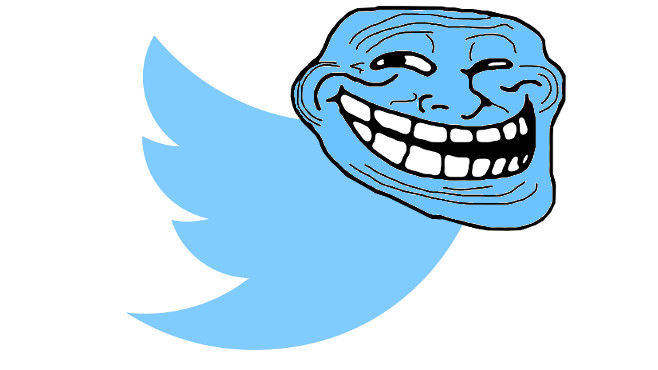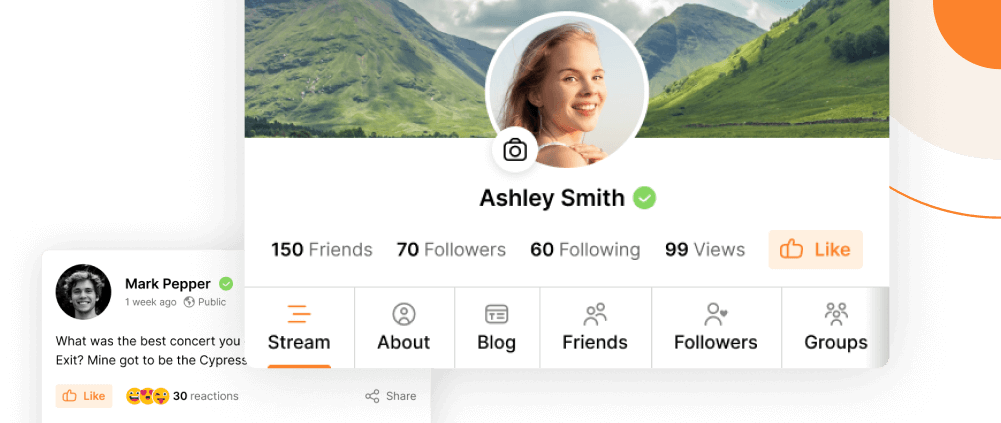Twitter isn’t having a great time. While Facebook continues to pile on the users and drag in the money, Twitter’s latest quarterly report showed a 0.5 percent decline in year-on-year revenue. User growth has stalled. Shares fell 10 percent on the news.
There are lots of reason for Twitter’s struggles. Having a part-time chief executive isn’t a great idea. Expectations might have been pushed too high by Facebook. The lack of demographic data makes ad targeting difficult; a private social network might be smaller but it will hit the target market harder.
But the biggest threat Twitter faces comes from its users themselves. People use Twitter for all sorts of reasons, but high among them is the ability to follow the content published by celebrities and journalists. Those publishers — the main points of attraction for a platform dependent on free content — complain incessantly of harassment from trolls. Jewish reporters receive anti-Semitic cartoons. Critics of Trump get racist insults. Anyone who speaks out for refugees gets death threats. So incessant is the problem that a number of leading contributors have walked away. Robin Williams’ daughter left after trolls sent her pictures of her father’s body. Singer Adele quit after receiving death threats directed at her and her baby. Stephen Fry, one of Twitter’s earliest evangelists, has walked away several times and now restricts himself to occasional promotional comments to his 12.4 million followers.
Users can block abusive followers, preventing them from seeing their posts but nothing stops those trolls from rejoining with a different email address, a process that takes seconds. It also leaves them on the platform where they can continue to troll others.
Twitter has been slow to act. It took the departure of Ghostbusters star Leslie Jones following an organized racist campaign for the platform to ban @nero, the account used by professional troll Milo Yiannopoulos.
The reaction to that ban shows one of the reasons that Twitter is reluctant to kick out its biggest trouble-makers. For right wingers in general, and Trump supporters in particular, Twitter is a liberal platform. They can easily take their conversation to Facebook or Snapchat, or back to 4chan, where they’re less likely to be removed. Jack Dorsey, Twitter’s chief executive, might not want trolls but he can’t afford to alienate half of America. The consistent response to complaints of abuse on Twitter is a willingness to overlook threats and abuse in the name of free speech.
You don’t have to do that. At PeepSo, we integrated a bunch of different tools that make it easy to kick out trolls. Users can block abusive followers, admins have the ability to impose temporary bans and members can report followers for trolling.
Encourage your members to use those reports. Make use of those bans as early warnings to stop trolls before they get out of hand. And don’t be afraid to boot trolls out entirely.
Free speech is a fine principle but your private social network is your property. In your home, you set the rules. If someone wants to be abusive, they can set up their own network. Your private social network might not have as many visitors as Twitter but it can be a nicer place for everyone. Install PeepSo and bash those trolls.


Reactions & comments
Comments